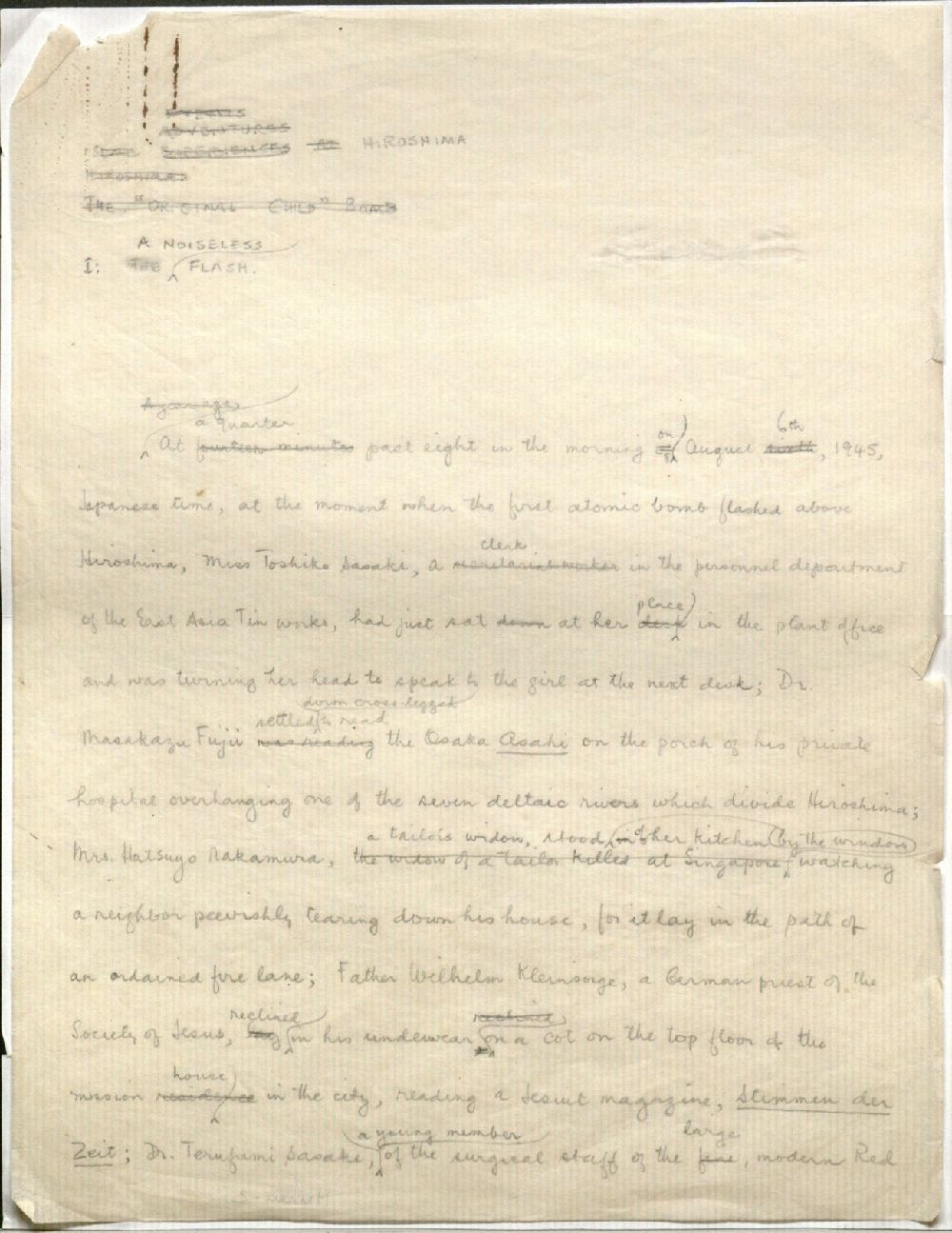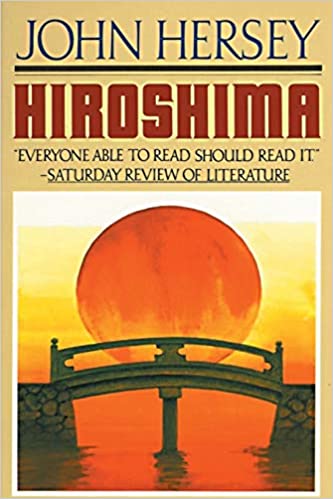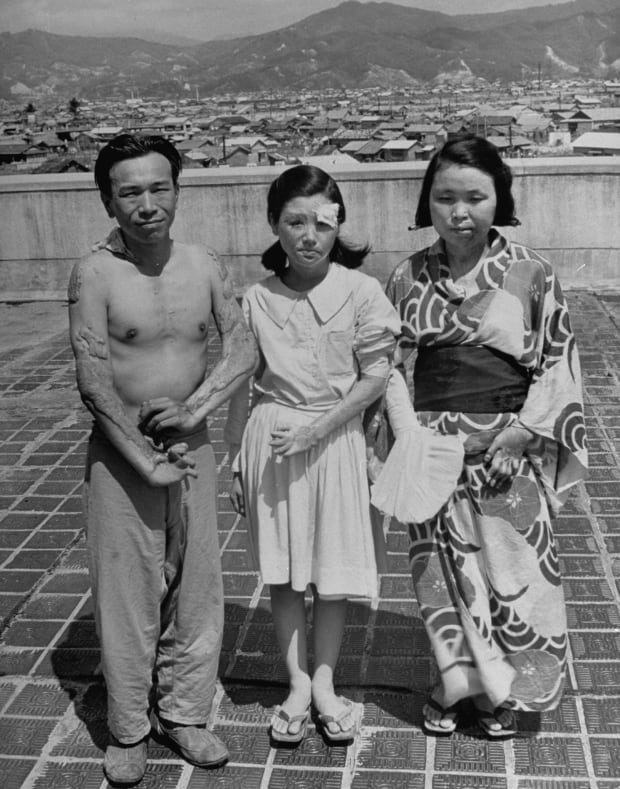
Early Draft of "Hiroshima", Yale Archives
John Hersey's "Hiroshima"
An Atomic Reconstruction of Journalism
RESEARCH
Hersey's most famous and well-known work is the article "Hiroshima," published in The New Yorker in 1946. "Hiroshima" details the experiences of six individuals: Hatsuyo Nakamura, Dr. Terufumi Sasaki, Father Wilhelm Kleinsorge, Toshiko Sasaki, Dr. Masakazu Fujii, and Kiyoshi Tanimoto, all survivors of the bombing of Hiroshima at the end of the Pacific War.

Early Draft of "Hiroshima", Yale Archives
Excerpt from "The Enduring Power of John Hersey's 'Hiroshima': The First 'Nonfiction Novel'" by Jacqui Banaszynski
"Not just convenient fictions for conflated events, but real people. As much as they shared a common event, their travails and triumphs were unique. By honoring each of them for who they were and what they went through, Hersey honored every victim of Hiroshima and Nagasaki. They were the survivors who lived to tell the tale we need to remember."
~ Jacqui Banaszynski
In "Hiroshima," Hersey explains what happens each day from the day of the bombing to its aftermath through the lives of each character. He goes into minute detail, transporting the reader into the horrifying landscape.

Hiroshima after the bomb, Universal History Archive
However, how did Hersey do it? How did he so precisely convey the horror of the bombing of Hiroshima? As Jeremy Treglown puts it,
“How did John Hersey—not Japanese, not an eyewitness, not a scientist—come to be the first person to communicate the experience of an atomic bomb to a global audience?”
~ Jeremy Treglown, “How John Hersey Revealed the Horrors of the Atomic Bomb to the US”

"Hiroshima" by John Hersey
Hersey was able to present the reality of the bombing to the public through his unique writing style, later coined as "New Journalism." Hersey incorporated narrative elements, including characters, emotions, a plot, literary devices, and style. In doing so, Hersey created a story about people that readers could understand, but one that was not fictional in the slightest. Furthermore, Hersey removed himself from the writing. He wrote with a "restrained, sober voice" that revealed violence "without letting his prose turn purple, without trying to make his sentences perform the reaction the reader must feel" (Scranton).
Excerpt from “John Hersey, the Writer Who Let ‘Hiroshima’ Speak for Itself” by Russell Shorto
“He told me about getting the idea of using novelistic devices to structure his reporting. He wanted to put faces and names to the story. Prior to that, we had been at war with Japan, and everyone had this opinion of ‘the Japanese.’ He wanted to show their humanity in a way that people in this country could connect to—to convey the enormity of what had happened.”
~ Baird Hersey, Hersey's son

Survivors of the bombing of Hiroshima whose bodies are covered in keloids, The LIFE Picture Collection